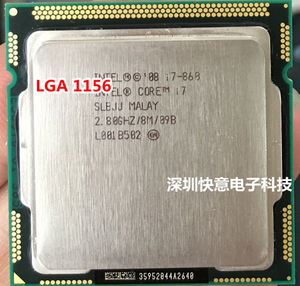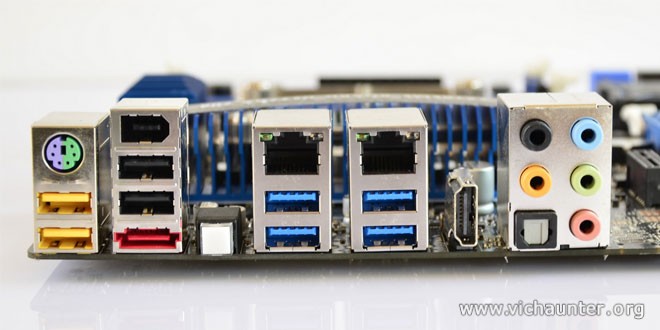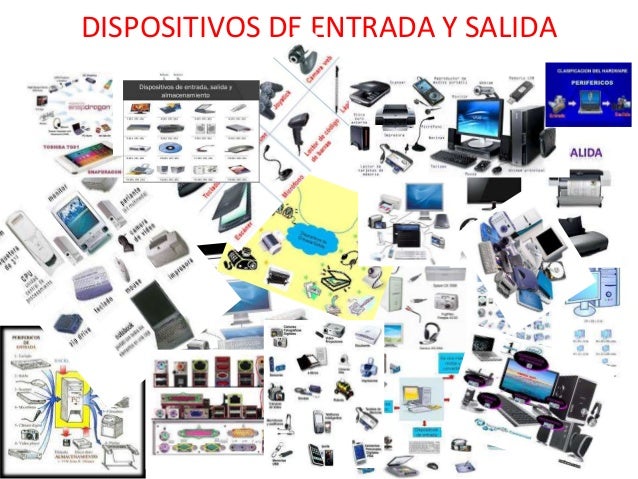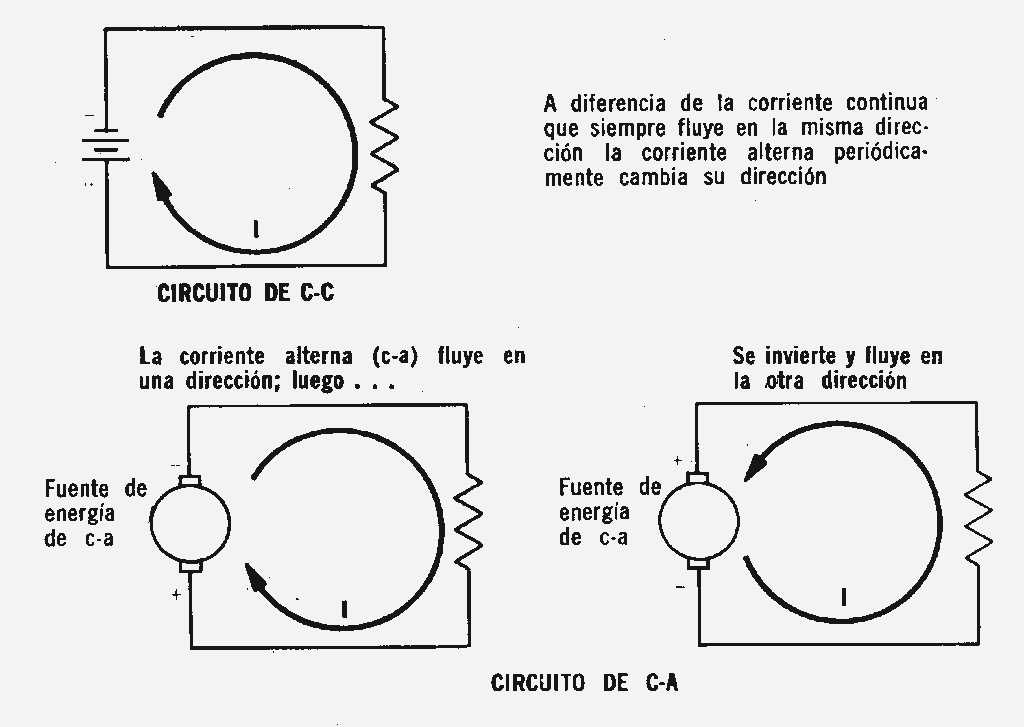9) Video Ports (S-Video, HDMI, VGA, DVI, Scart, Display Port, Mini Display Port)
- S-Video: Separated-Video, also known as S-Video or Y / C, is a type of analog video signal.
It is erroneously known as Super-Video, and should not be confused with the term S-VHS (Super Video Home System) which is a tape recording format (videotape).
-HDMI: High-Definition Multimedia Interface or HDMI ("high-definition multimedia interface") is a video standard, encryption without compression supported by the industry to be the substitute for the scart. HDMI provides an interface between any digital audio and video source such as a DTT tuner, a Blu-ray player, a tablet PC, a computer (Microsoft Windows, GNU / Linux, Apple Mac OS X, etc.). A / V receiver, and a compatible digital audio / video monitor, such as a digital television (DTV).
-VGA: Video Graphics Array (VGA) or Graphic Video Arrangement is used to name: A standard analog computer screen, Resolution 640 × 480 pixels, The 15-pin D-subminiature connector, The graphics card that IBM marketed for the first time time in 1988. The signal that is issued through these cables is analog, so it has certain disadvantages compared to digital signals.
-DVI: The Digital Visual Interface (DVI) or "Digital Visual Interface" is a video interface designed to obtain the highest possible display quality on digital screens, such as monitors with flat-screen LCD and the digital projectors.
-Euroconnector: The euroconnector is a standard connector with 21 connections or pins, which exchanges audio and video information. It was designed in France in 1978 and by law is mandatory since 1981 on all television and video equipment marketed in France. Also known as SCART by the abbreviations of the Syndicat des Constructeurs d'Appareils Radiorécepteurs et Téléviseurs (especially in the Anglo-Saxon countries), curiously in France that name is hardly used, being used mostly as a name Péritel.
-DisplayPort: is a standard digital device interface developed by the Association of Electronic Video Standards (VESA). Free of licenses and fees, defines a type of interconnection intended primarily for the transmission of video between a computer and its monitor. Optionally allows the transmission of audio for use for example in home theater systems, and sending data, for example USB.

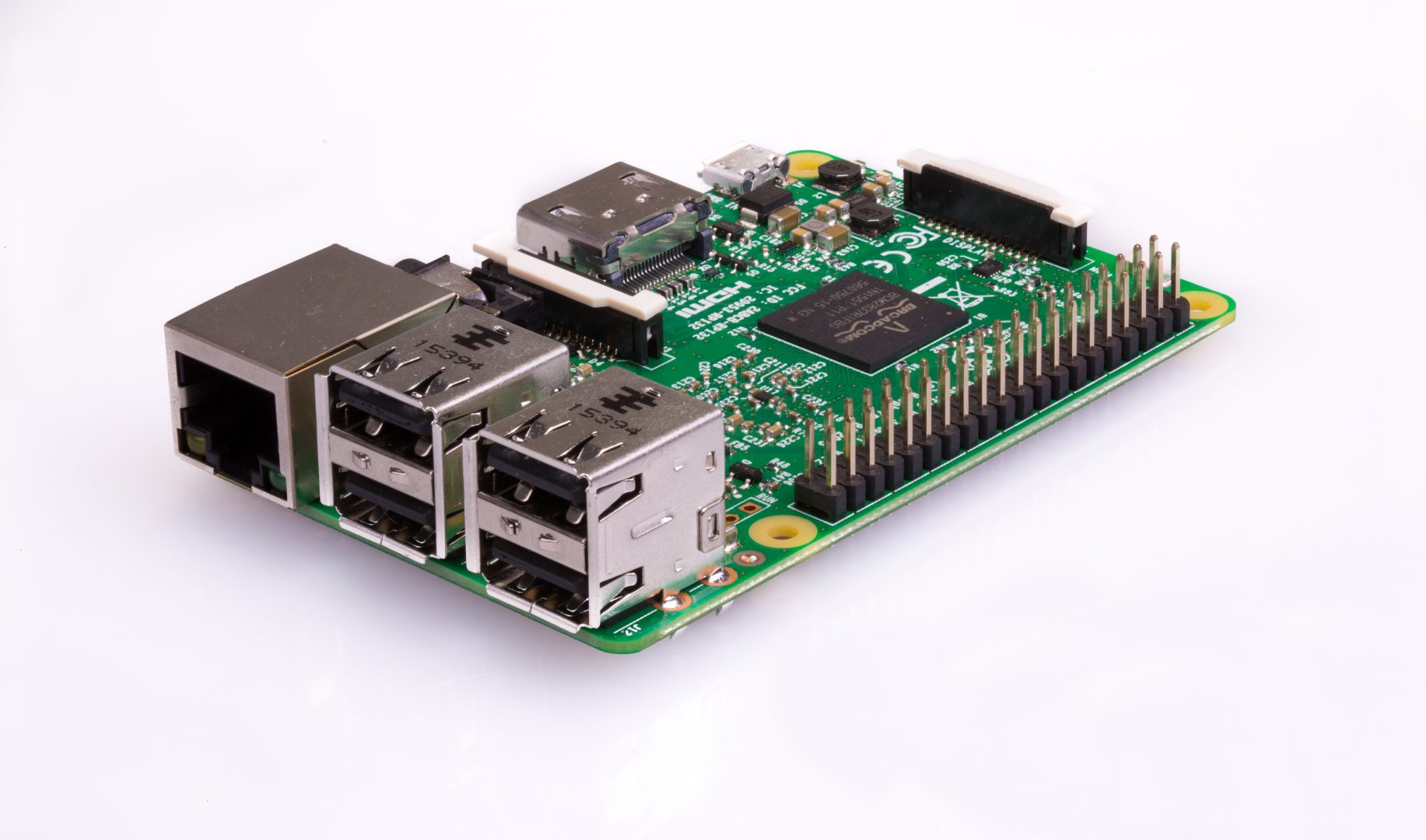

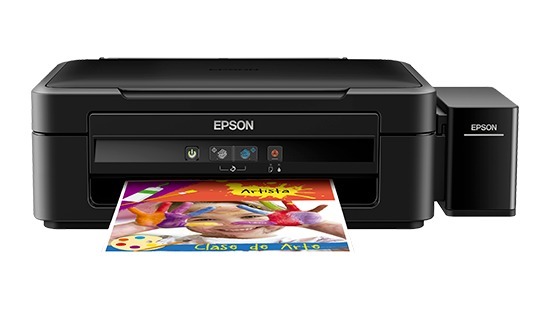

:max_bytes(150000):strip_icc()/51bxuIpjgiL._SL1024_-56a1b4ef3df78cf7726d3e6e.jpg)





